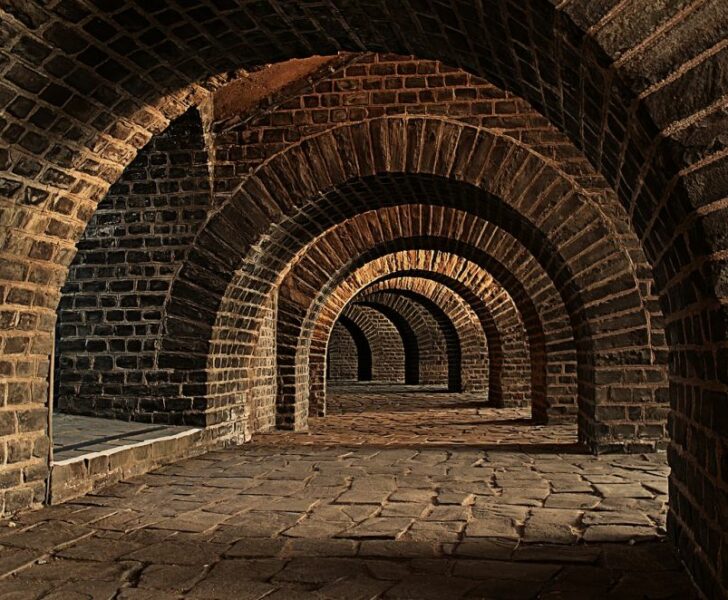Alvar Aalto Buildings – A Masterpiece of Architectural Design

Introduction:
When we talk about iconic architectural designs, one name that cannot be ignored is Alvar Aalto. Born in Finland, Alvar Aalto was a renowned Finnish architect and designer who made significant contributions to modernist architecture. His buildings are characterized by their unique blend of functionality, nature, and humanism. In this article, we will take a deep dive into the world of Alvar Aalto buildings, exploring their different types, popularity, and historical significance.
A Comprehensive Presentation of Alvar Aalto Buildings:

Alvar Aalto buildings encompass a wide range of structures, from public institutions to private residences. His designs are known for their organic forms, use of natural materials, and integration with the surrounding environment. Some of the most popular types of Alvar Aalto buildings include:
1. Civic Buildings: Aalto’s civic buildings, such as the Finlandia Hall in Helsinki, are prime examples of his architectural style. These buildings are characterized by their functional layout, innovative use of space, and incorporation of natural light.
2. Educational Institutions: Alvar Aalto made significant contributions to the field of education through his school designs. The Viipuri Library in Vyborg, Finland, showcases Aalto’s emphasis on creating a harmonious learning environment that stimulates creativity and interaction.
3. Residential Buildings: Aalto’s residential buildings combine functionality with a humanistic approach. One of his most notable residential projects is the Villa Mairea, which showcases his use of natural materials, open spaces, and a connection with nature.
Quantitative Measurements of Alvar Aalto Buildings:
To understand the impact and popularity of Alvar Aalto buildings, it is essential to examine some quantitative measurements. Aalto’s designs have received numerous accolades and recognition over the years. For example:
1. The Paimio Sanatorium, designed by Aalto, is considered a masterpiece of modernist architecture and has been designated as a UNESCO World Heritage Site.
2. Aalto’s work has been exhibited in prestigious museums worldwide, including the Museum of Modern Art in New York and the Pompidou Centre in Paris.
3. The Alvar Aalto Museum in Jyväskylä, Finland, dedicated to his work, attracts thousands of visitors each year.
Distinguishing Features of Alvar Aalto Buildings:
One of the fascinating aspects of Alvar Aalto buildings is the distinct characteristics that set them apart. Despite using similar design principles, each building has its unique elements. Some distinguishing features include:
1. Their Organic Forms: Aalto’s buildings often mimic natural shapes, creating an organic harmony between the structure and its surroundings. For example, the undulating rooflines of the Finlandia Hall resemble the Finnish landscape.
2. Integration with Nature: Aalto was known for his emphasis on human-centric design that incorporated nature. A prime example is the Maison Louis Carré in France, where the building nestles seamlessly within the forest landscape.
Historical Overview of the Pros and Cons of Alvar Aalto Buildings:
To better understand the historical significance of Alvar Aalto buildings, it is crucial to analyze their advantages and drawbacks. Some key points to consider include:
1. Advantages:
– Aalto’s designs promoted functionality and user comfort, focusing on creating spaces that enhance well-being.
– His innovative use of materials, such as bent plywood and laminated wood, pushed the boundaries of architectural design.
– Aalto’s commitment to sustainability is evident in his use of natural light and ventilation to reduce energy consumption.
2. Drawbacks:
– Aalto’s unique architectural style might not be appreciated by everyone, as it deviated from the traditional norms of the time.
– The integration of nature in his designs could pose challenges in maintaining and preserving the buildings over time.
Conclusion:
In conclusion, Alvar Aalto buildings stand out as masterpieces of architectural design. Their unique blend of functionality, nature, and humanism has earned them global recognition. With their organic forms and integration with the environment, Aalto’s structures continue to inspire architects and enchant visitors. Whether it’s the iconic Finlandia Hall or a private residence, Alvar Aalto buildings remain a testament to the genius of one of the greatest architects of the twentieth century.











